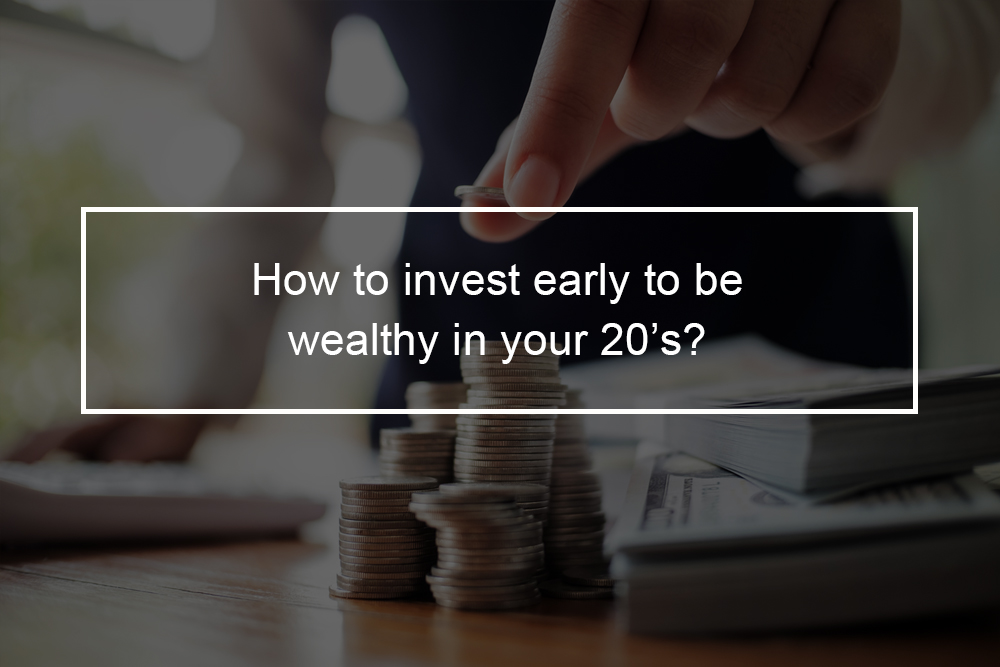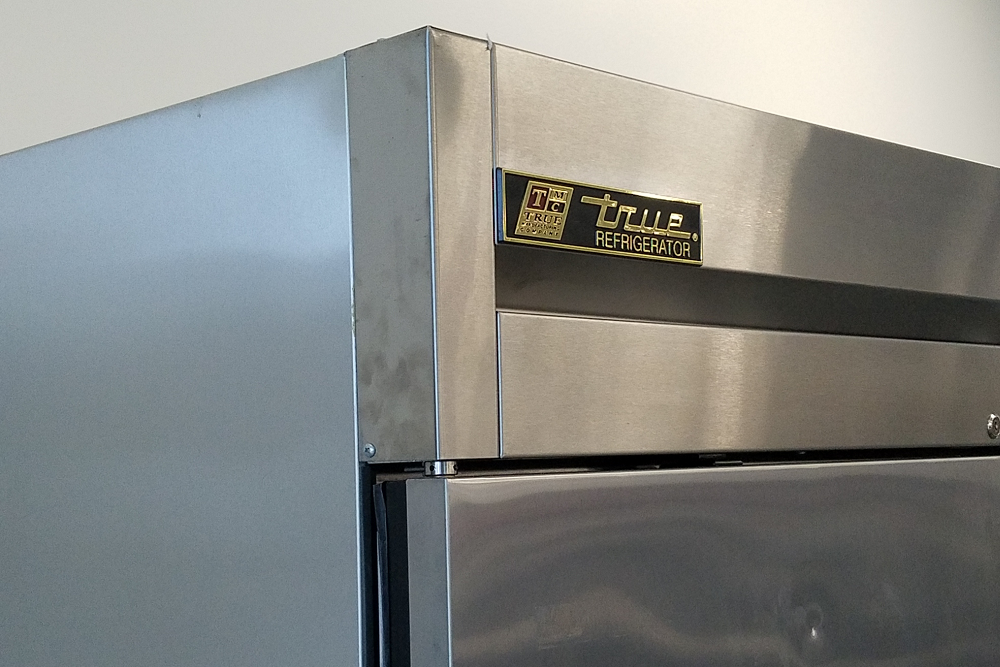It is hard to overstate how valuable it is to begin saving during your 20s for the journey toward retirement. The period following college graduation is not always known for savvy financial moves. Living with parents, maybe, and having student loans. Typically, what those years should be known for is investing. It is difficult to overstate how valuable your 20s are; however, on the long, long road to retirement, saving all through that decade is like putting an extra engine in your car. You will rev your returns by beginning early.
Tips to assist you to invest in your 20’s
Start creating an emergency fund
First thing’s first. Always try to start with creating an emergency fund. You will make sure that you are covered if an unexpected expense were to come up, for example, a loss of a job or even a natural disaster. However, you will also develop the habit of regularly contributing to a fund.So, how much should you save? According to Claire Beams, a financial planner at Rhinevest in Cincinnati, there is both the mathematical answer and the emotional answer. Mathematically, you will need to save three to six months of your fixed, ongoing expenses. However, emotionally, maybe that is not enough money for you to sleep at night. Thus you must find the perfect answer for yourself.
Set your investment goals
After you have started contributing to an emergency fund, begin thinking about the goals you want to work towards by investing. Typically, it is about looking at all the experiences you want to have over your lifetime and then prioritize those things. For some people, maybe they need to travel every single year, or they want to buy a car in two years, some may also want to retire at sixty-five. It is creating an investment plan to ensure that those things are possible. The accounts you use for short-term objectives, such as travel, will differ from those you open for long-term retirement goals. Most important in your twenties, though, is starting the habit of saving.
Contribute to a sponsored- employer retirement plan
Some employers offer you money just for saving for retirement via 401(k) plans. A 401(k) program is a tax-advantaged retirement account, which indicates you can contribute directly from your paycheck pretax. Employers that provide this benefit often also match contributions up to a specific percentage of your salary.
In case your organization provides a match, you should contribute enough to get the maximum, or even work your way up to that. In case a 401(k) is not a choice, or you are already earning a match, check if you meet the income requirements for a Roth IRA. Contrary to a traditional IRA or a 401(K), it will not give you a tax break on contributions, but it provides something potentially better. You will not pay federal taxes when you pull money out in retirement. That is true; your contributions and investment earnings grow tax-free. It is important to note that some companies provide a Roth version of the 401(k). In case yours is one of them, you should possibly take advantage.
Do not be afraid to take risk
Many millennials investors make the mistake of avoiding risk, although it assists them over a long time frame. Reaching a million would need a reasonable allocation towards stocks. Whereas investing in stocks can be riskier than putting your money in a savings account, over the long run, stocks have proved to be a much more rewarding investment.
When you invest in the stock, you will possibly see drops in the short term. That is why the market is basically a no-go in case you need the money within five to ten years. However, history shows that in the end, you will come out ahead for long-term financial goals such as retirement. One reason why saving and investing in your 20s is so significant is that you are looking at a very long term. This enables you to capitalize on all that growth.
Following Vanguard analysis, a portfolio of seventy-percent and thirty-percent bonds- a reasonable stock-to-bond allocation for growth had a standard annual return of 9.1 % between 1926 and 2015 ( even with some rocky years, inclusive of 1931 and 2008). Bonds are a safer, lower-return investment that can counter the risk of stocks. However, those who played it safe and stuck strictly to bonds experienced a return of only 5.4% on average within that same period. Investing might also assist in protecting your portfolio from the negative effects of inflation, which can result in money-losing value yearly.
Get a broker or Robo-advisor that meets your needs
For long-term goals that are not necessarily retirement-related, like a down payment on a future home or your child’s education expenses, brokerage accounts are an ideal option. And with the advent of Robo-advisors and online brokers Betterment, Wealthfront and Acorns, they are more accessible than ever for young people beginning with little money. These organizations provide low charges, reasonable minimums, and educational resources for new investors, and your investments can frequently be made quickly through an app on your phone. For instance, Betterment charges just 0.25 percent of your assets every year with no minimum balance or 0.4 percent for their Premium plan, which needs at least $100,000 in your account. Most Robo-advisors simplify the procedure as much as possible. Offer a bit of information about your goals and time horizon, and the Robo-advisor will choose a portfolio that matches up very well and periodically rebalances it for you. There are a lot of good alternatives out there, and each of them has their own specialty.
Paying off debt
One of the leading investment complications for young people in debt. Student loan alone is a significant concern., with the average loan amount at almost $33,000 for 2019. But many young people have car loans and more than a little bit of credit card debt. The issue with debt is that it decreases your cash flow. In case you earn $5,000 monthly, and $800 is being used in debt payments, you really only have $4,000 monthly. In a perfect globe, you would have no debt at all. However, this is not an ideal globe, and you possibly have debt.
In case you do have debt and you also want to invest, you are going to have to find a way to build a workable balance. It would be great to say that you will just make your minimum payments and throw everything else into investments. That will typically enable you to take advantage of the compounding of income that investors offer. At the same time, there is an imbalance. Investment returns are not assured, but the interest you pay on loans is fixed. One of the best investments you can create early in life then is to start paying down your debts. Your credit card debt is a good first target. They are often usually the smallest debts you have but carry the highest interest rates.
Consider leveraging a financial advisor
In case you do not want to go the robot-advisor route, a human financial advisor can also be an excellent resource for starting investors. Whereas it is the most costly option, they will work with you to develop goals, assess risk tolerance, and find the brokerage accounts that best fit your needs. They can assist you in choosing where to direct the funds in your retirement accounts as well.
Also, a financial advisor will utilize their expertise to steer you in the right investment direction. Whereas it is simple for some young investors to get caught up in the excitement of daily market highs and lows, a financial advisor understands how the long game operates. Start your investment journey by thinking through what your short-term, intermediate, and long-term objectives are, and then find the accounts that fit those needs best. Your investment plans will possibly change over time, but getting started with at least a retirement account is one of the most significant things you can do for yourself in your 20s.













